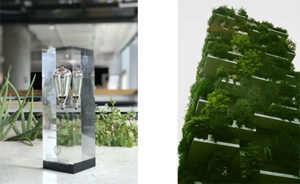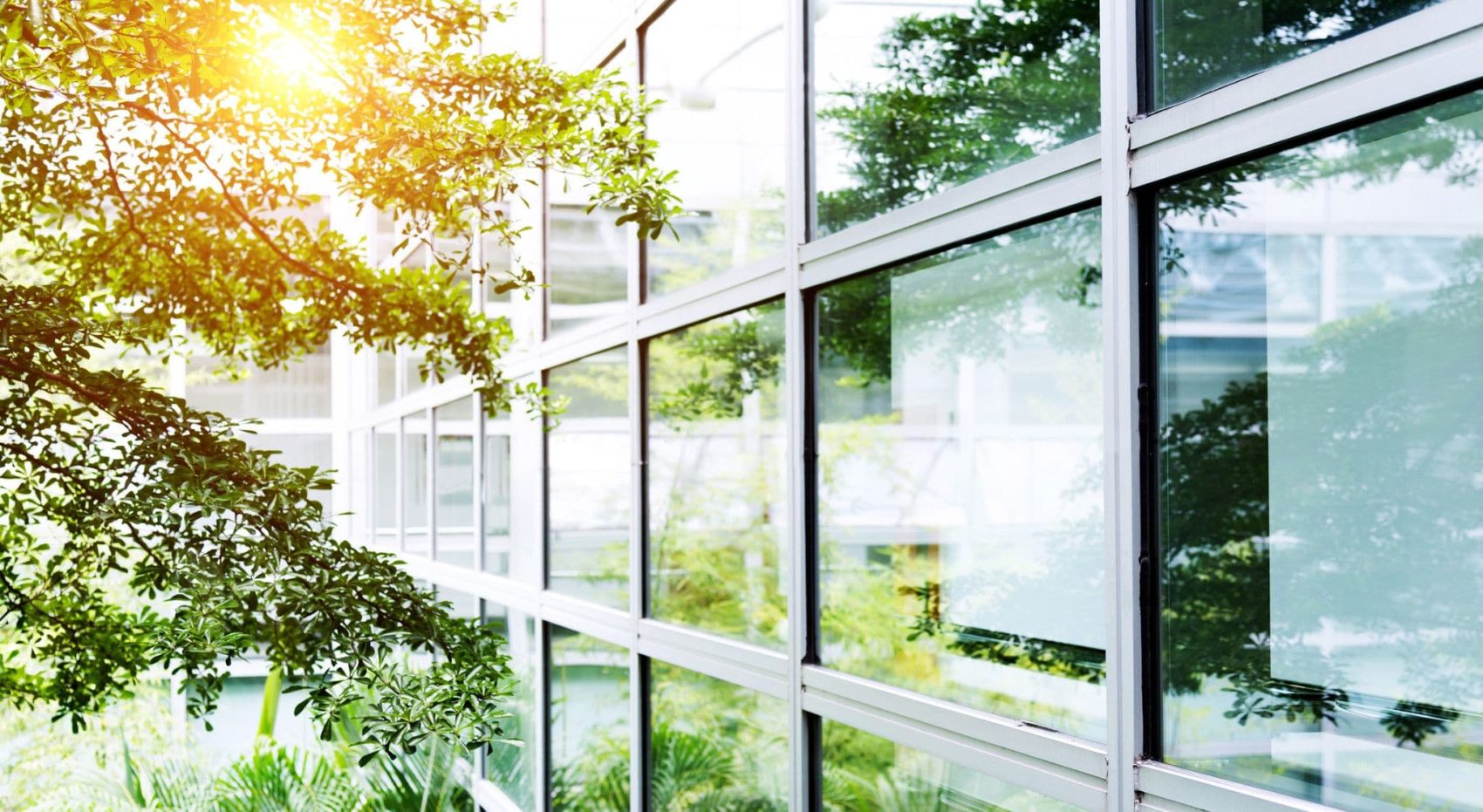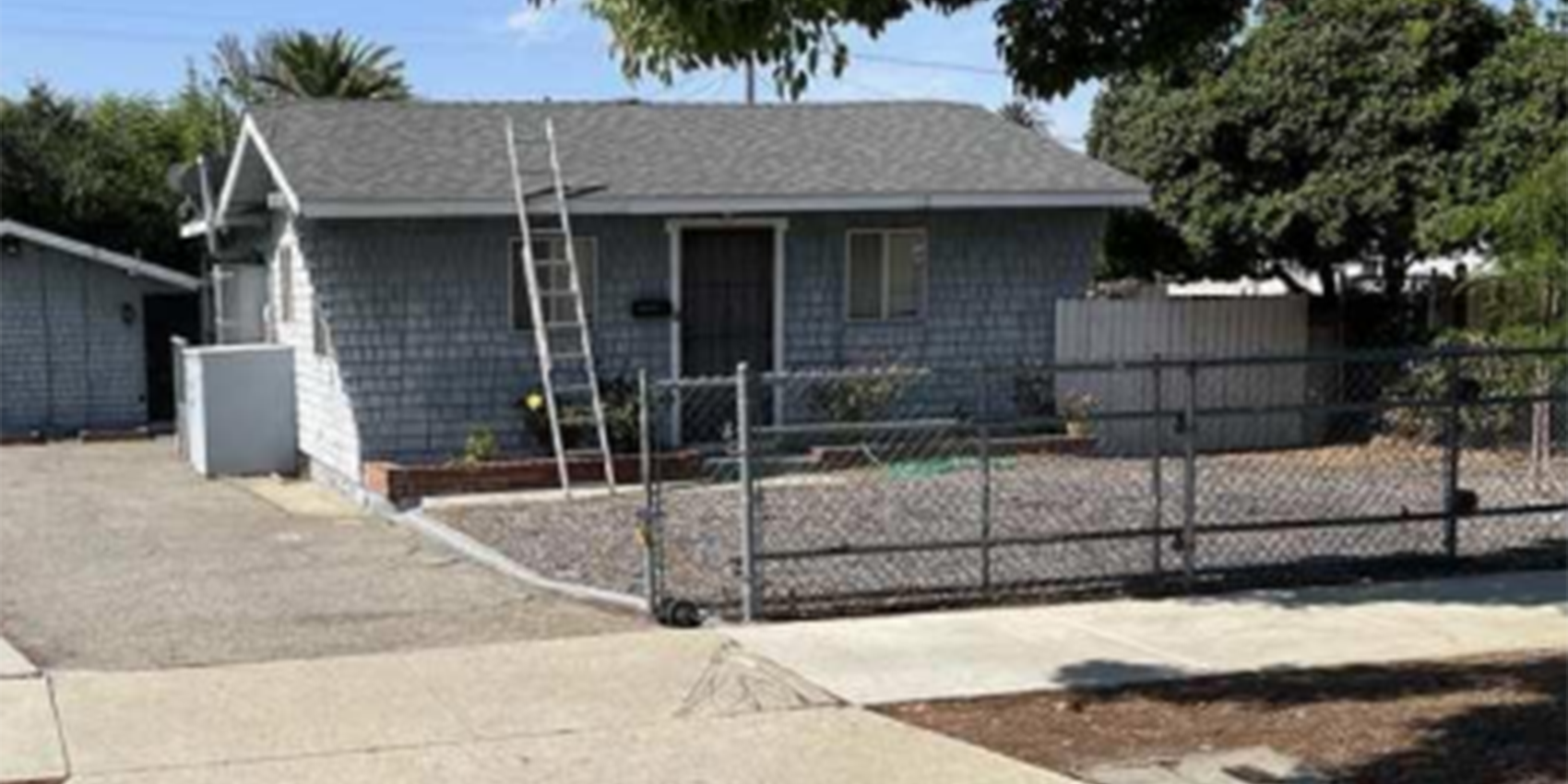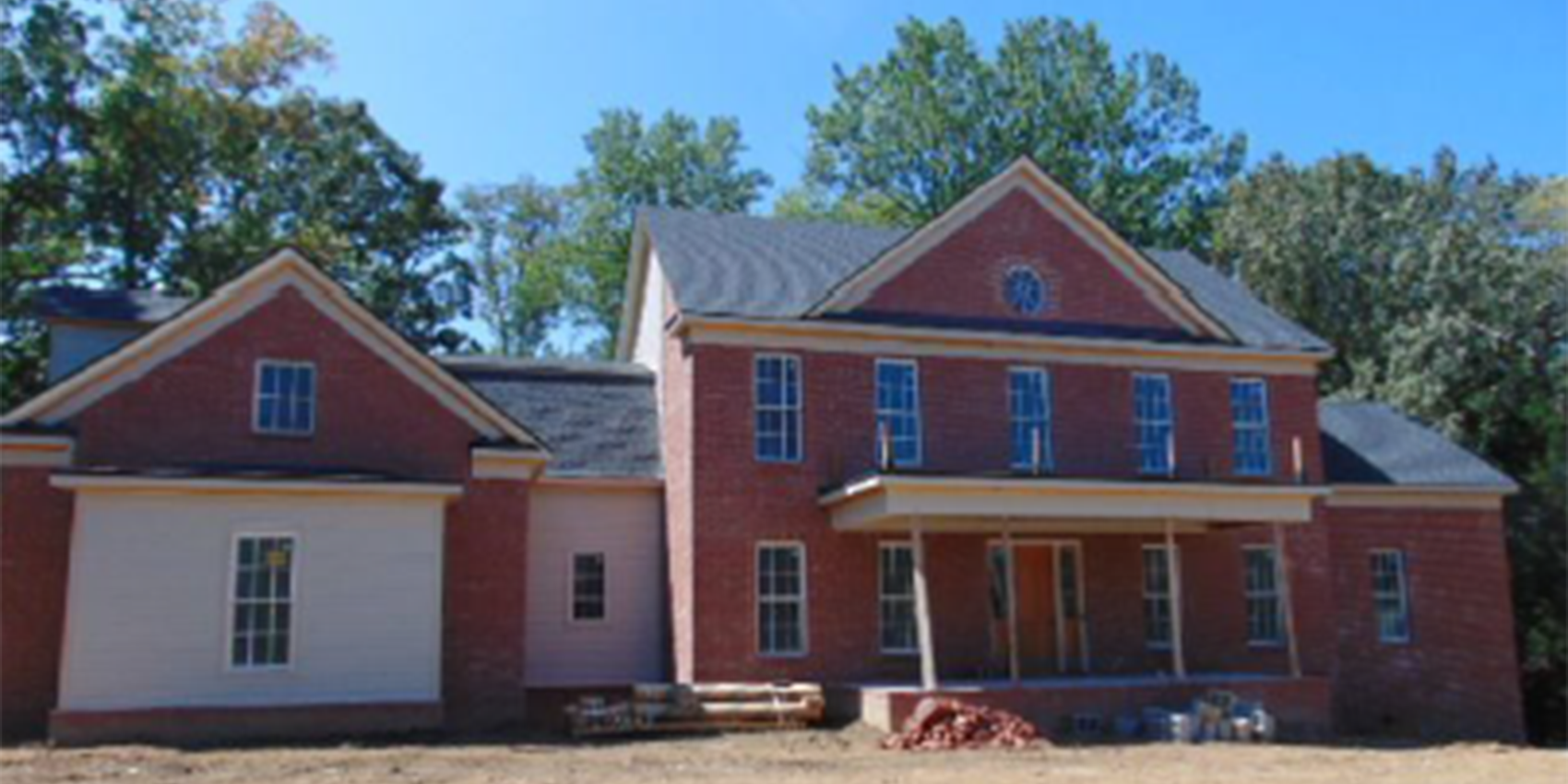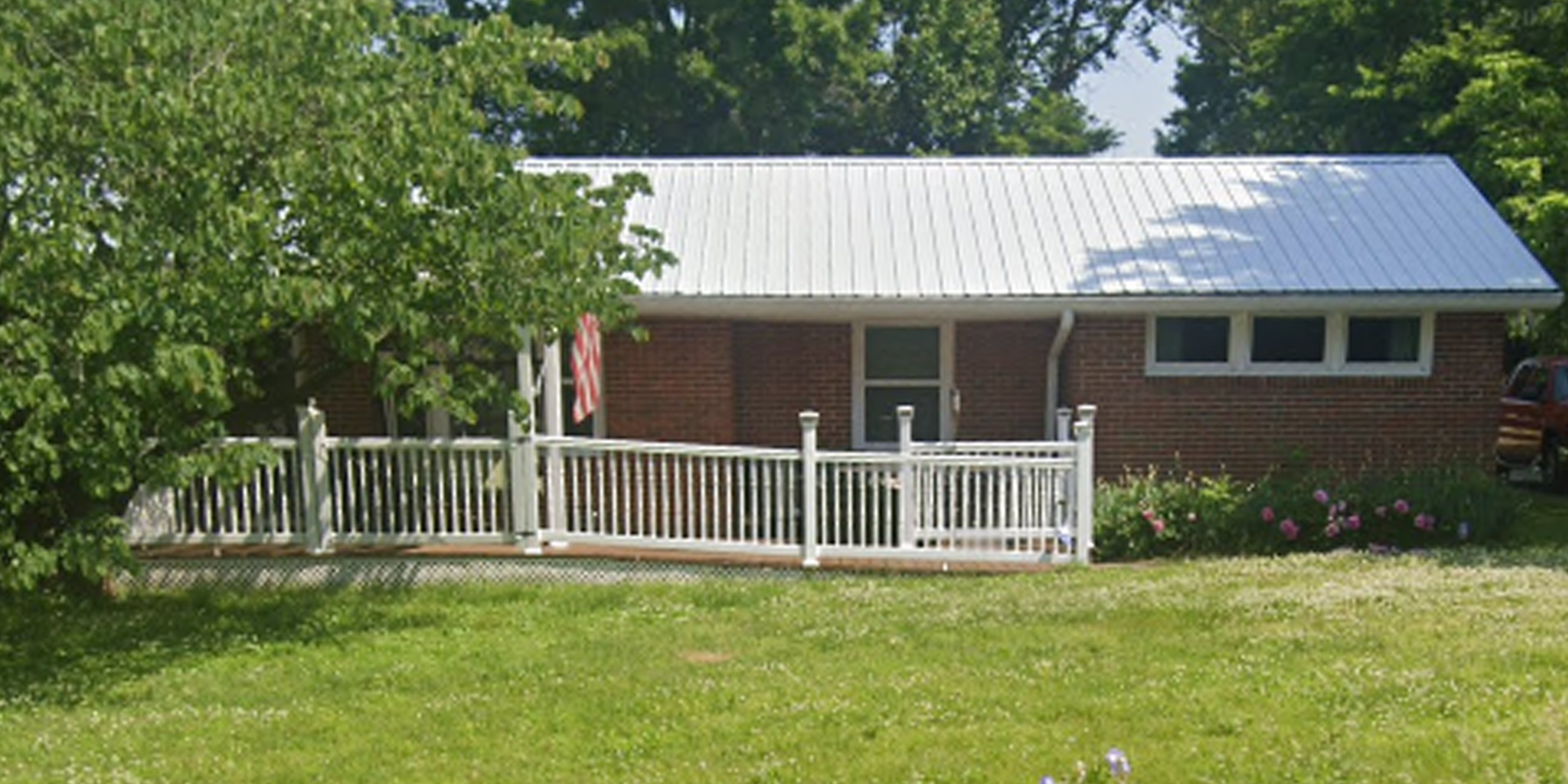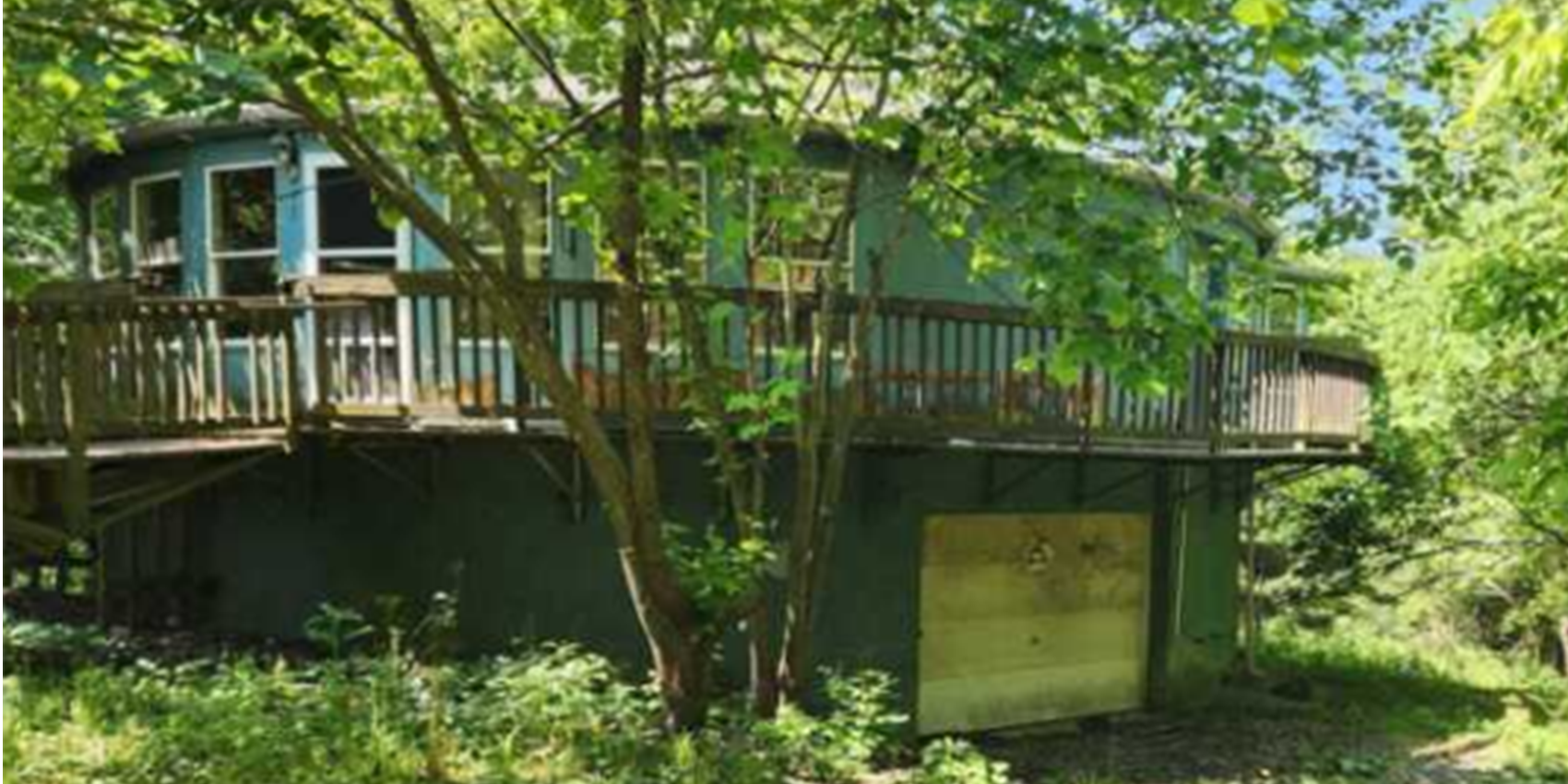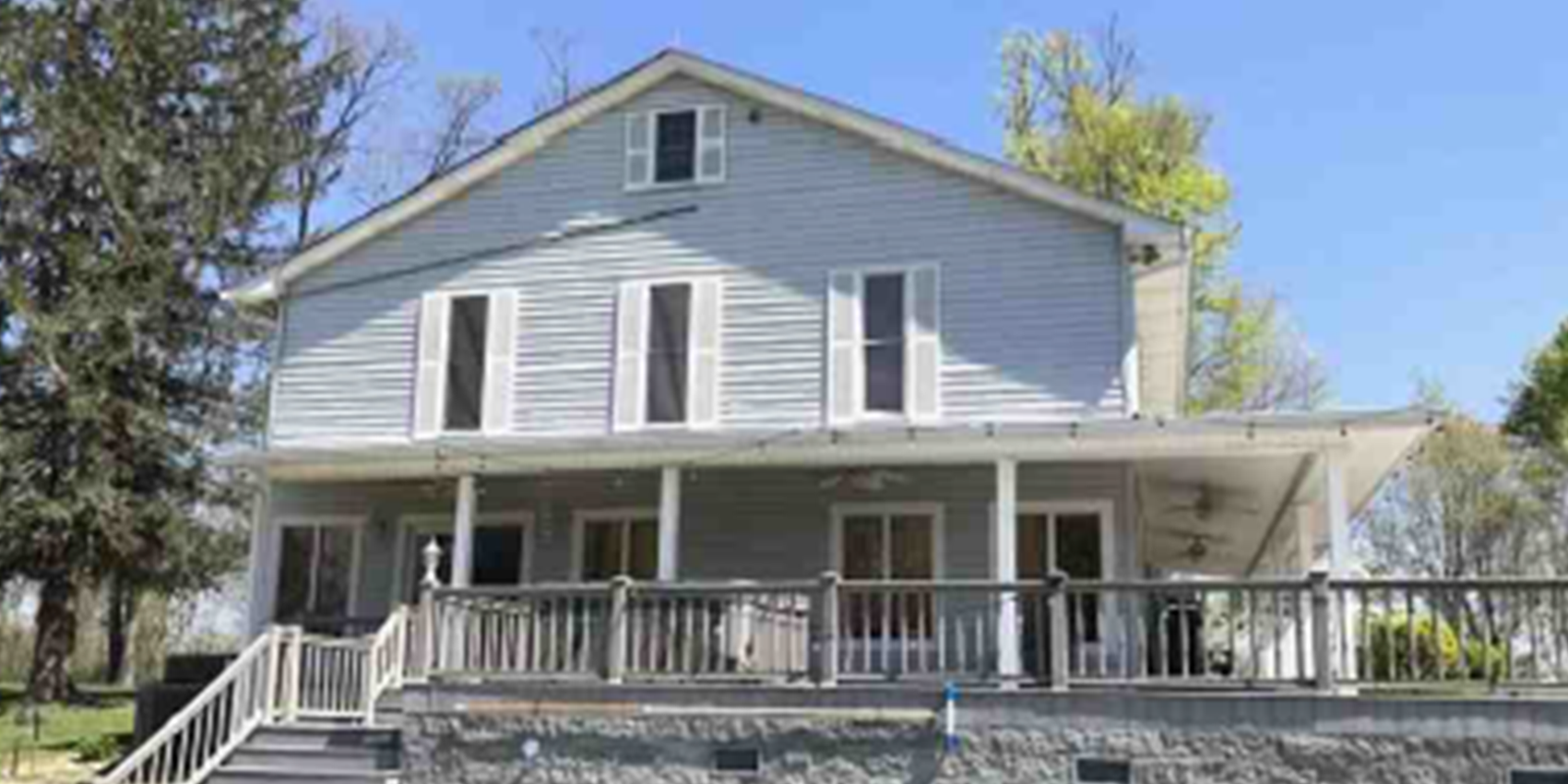Construction, and reconstruction, has taken on a softer, gentler side lately. Planners, architects, builders, and managers are now—more than ever—considering how to make buildings “green,” metaphorically, of course! Green building refers to both a structure and the application of processes that are environmentally responsible and resource-efficient throughout a building’s life cycle: from planning to design, construction, operation, maintenance, renovation, and even demolition.
Here are ten reasons you might want to consider when you are looking at investing in a “green project,” whether constructing a new building, or retrofitting an existing one. (With thanks to the USGBC.org and mashvisor.com)
Reason 1: Building green conserves resources
Constructing a building from initial blueprint to completion using eco-friendly methods requires a focus on efficiency and material management. Green buildings are designed to reduce the overall impact of the built environment on human health and the natural environment by efficiently using energy, water, and other resources; protecting occupant health and improving employee productivity; and reducing waste, pollution and environmental degradation.
Reason 2: Green buildings perform better than similar buildings
For LEED and EnergyStar certification, buildings have to reach certain energy performance standards set by the EPA. Obtaining LEED certification requires compliance with a minimum number of criteria affecting many aspects of a project, from site selection to the recycled content of building materials. While participation in the LEED program has been mostly voluntary, some government entities require that publicly funded projects apply for LEED certification and other states and communities are considering this. This certification shows that the building performs better than similar buildings in the nation.
Reason 3: Green buildings are sought by those looking for better health benefits
Millennials, in particular, tend to be eco-sensitive and are searching for buildings that are LEED certified because they want the payback of better air and water, and the resulting health benefits. Most people spend up to 90 percent of their time indoors and many say that they have had personal experience dealing with environment induced illness or poor health.
According to the EPA, heating and cooling accounts for about 43 percent of all energy use in the country, which contributes to air pollution and generates the largest amounts of greenhouse gases. By improving energy efficiency, green buildings also help reduce indoor air pollutants related to serious health issues.
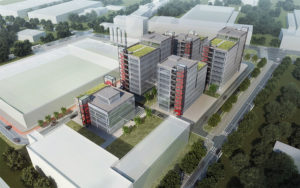
Reason 4: Green buildings save maintenance costs
Eco-friendly structures have shown that such buildings can save as much as 20 percent on annual maintenance costs. Operating cost savings, shorter payback periods and increased asset value in new green buildings and green retrofits have been consistently reported. And retrofits typically reduce operation costs by almost 10 percent in just one year.
Reason 5: Green buildings have increased re-sell value
Upfront investment in green building also makes properties more valuable, with a growing number of building owners seeing a 10 percent or greater increase in asset value. The percentage of owners reporting that level of growth has nearly doubled since 2012.
Reason 6: Green buildings are global solutions for reducing carbon emissions
Buildings account for almost 40 percent of global energy-related CO2 and will play a major role in the sustainable transformation many buyers and tenants are demanding.
Reason 7: Tenants are willing to pay more for LEED building space
A report from the Los Angeles market showed that while non-efficient buildings could be marketed at $2.16 ft2, LEED buildings in the same city were easily leased at $2.91 ft2. That’s a 25 percent increase. Bamm!
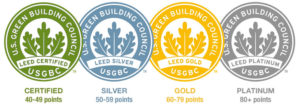
Reason 8: Building green contributes directly to more jobs
Green construction’s impact on job growth in 2015 was at 3.3 million jobs; the contribution to the GDP was about $134 billion. Green building is estimated to account for one-third of national construction jobs.
Reason 9: Green buildings promote resilience-enhancing designs
Green buildings promote the use of durable materials, thoughtful site selection, rainwater collection, grid islanding, energy efficiency, onsite renewable generation, and more.
Reason 10: LEED projects divert millions of dollars’ worth of waste from landfills
Standard building practices use and waste millions of tons of materials each year; green building uses fewer resources and minimizes waste. LEED projects are responsible for diverting more than 80 million tons of waste from landfills, and by 2030 that number is expected to grow to 540 million tons, according to the United States Green Building Council.
